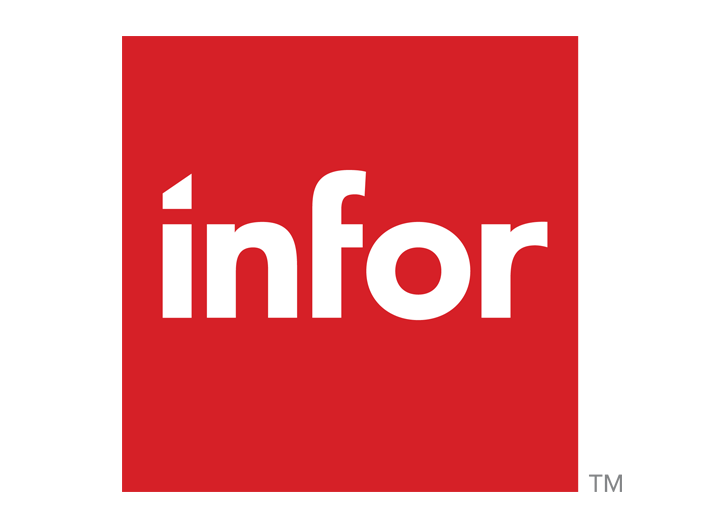There’s a lot of buzz around sustaining a hybrid workforce, as many agencies suss out long-term remote and in-office work arrangements for employees.
What will happen to underutilized office space? Is inclusion a priority to ensure no employees are left behind? Will there be disparities in who gets more face time with supervisors and potentially better opportunities for career advancement?
The reality is hybrid workforces aren’t entirely new, but this time feels different. Whether you’ve been working continuously in the office or remotely for the past 14 months, you did so while navigating new pressures, new demands and a deadly virus.
As agencies craft a new chapter in shaping the hybrid work environment, they must do so in a way that is equitable, inclusive and, most importantly, intentional.
That message came through loud and clear at GovLoop’s recent online training, “Gov Goes Deskless – Do’s and Don’ts for Hybrid Work.” Attendees heard insights from experts who are keenly aware of the nuances of hybrid work, from a personal and professional perspective.
Below are key takeaways from the panelists:
- Dan Pomeroy, Deputy Associate Administrator, Office of Information Integrity and Access, Office of Government-Wide Policy, General Services Administration
- Matt Bragstad, Vice President, Head of People, Vision and Strategy at Infor
1. Be intentional
“You have to intentionally figure out ways to engage the workforce,” Bragstad said, noting that loneliness and isolation are huge factors that can negatively impact some employees who live alone or don’t feel connected to their teams. Being intentional spans all facets of the workplace, from creating opportunities for employees to genuinely connect outside of the work grind to the software and technology that agencies purchase to support all employees.
For example, a lot of people may not realize that there are accessibility options available in the software they purchase, Bragstad said. This ensures that an agency’s technology is compliant with Section 508 of the Rehabilitation Act.
2. Be inclusive
Office walls have expanded, and employees are working in different places. But have agencies adapted the way they do business to support the evolving needs of employees and customers?
One important factor is ensuring that agencies are as accessible as possible as they transform work processes, Pomeroy said. Maximum inclusion for everyone must be a priority, he added, noting that about 40 million Americans require some form of assistive technology.
There are resources out there, including section508.gov, for agencies to test for accessibility and manage a 508 program.
Inclusion should also be considered in the context of acknowledging and supporting the employees who didn’t have an option to work remotely. Think about it. Many of the investments around tech enhancements were made to accommodate remote employees, Bragstad said. What’s being done to support employees who have worked on-site throughout the pandemic? How are agencies making them feel empowered, engaged and appreciated?
3. Be proactive about building connections
“We’ve noticed that from an organization cultural standpoint, we can’t rely on serendipity anymore,” Pomeroy said.
In other words, you can’t rely on connections and creative ideas to spring up from hallway chats or going out to lunch. Pomeroy shared his experience of returning to the office a little over a year ago and the excitement he felt to reconnect with colleagues. But it was a ghost town. It wasn’t the building he missed but the people inside of it.
“You have to make time for culture,” he said. It’s difficult for supervisors to be intentional about connecting with employees if they don’t make it part of their routine, especially if the workforce is remote. But virtual open-door policies or set times for optional team coffee chats can work.
Although the geographic location of where employees work has changed, performance requirements have not, Pomeroy said. “What we are trying to accomplish has been the same.”
4. Be flexible
The key is to be flexible, whether the focus is work schedules, processes or another issue. If your organization isn’t flexible, employee empowerment and engagement will suffer. “They will disengage and productivity will go out the window,” Bragstad said.
He posed questions that all agencies should consider as they look at how they work: Does the model we use work in this hybrid environment? Does it add value and productivity?
Another tip: “Don’t assume that something that didn’t work two years ago won’t work this year,” Bragstad said.
And don’t forget the common themes that will carry you on your journey of hybrid work: be adaptable, open to learning and intentional. “We are in another stage of adapting and learning,” Bragstad said.
This online training was brought to you by:






Leave a Reply
You must be logged in to post a comment.